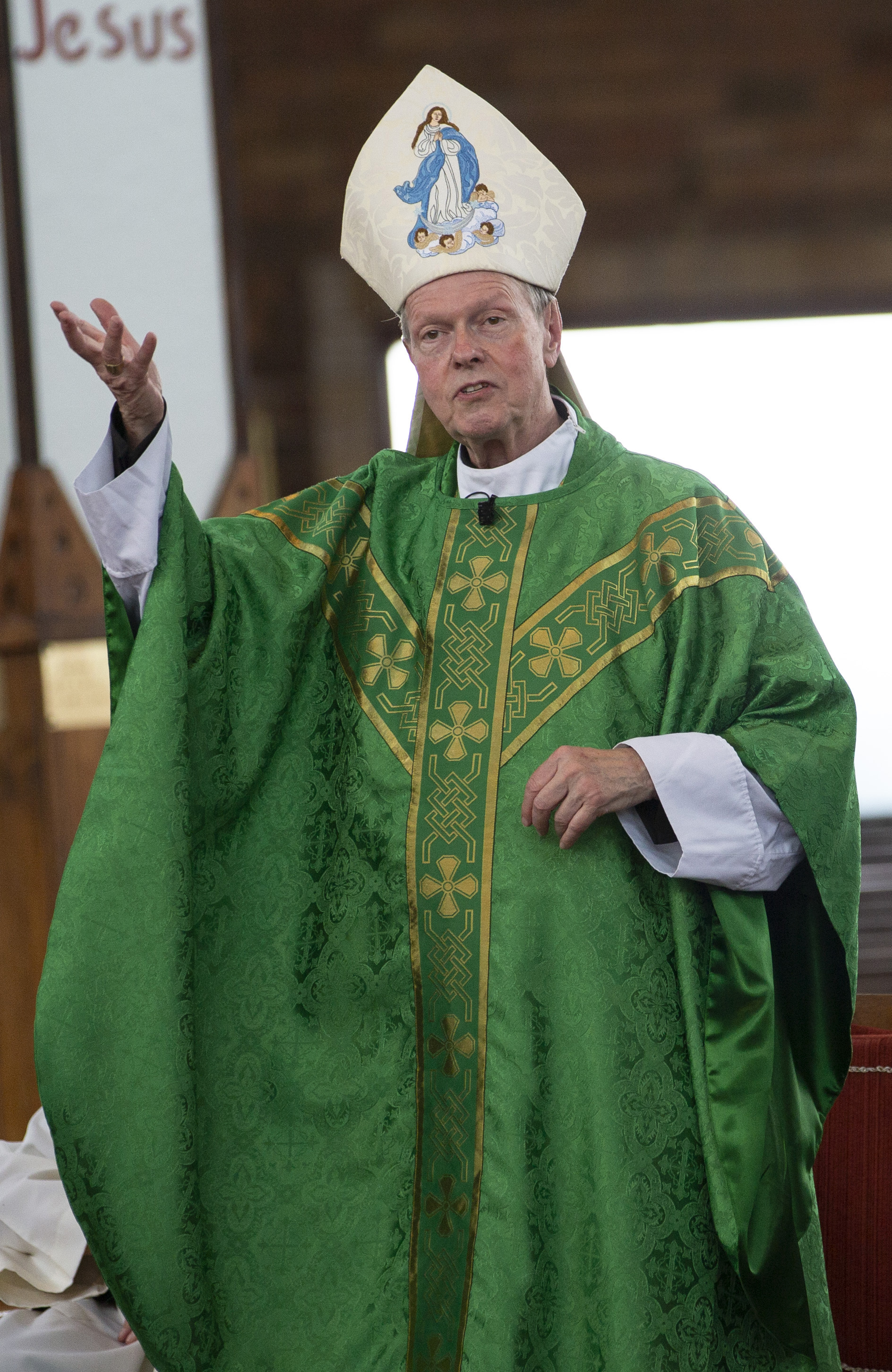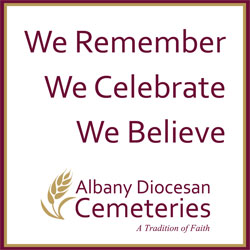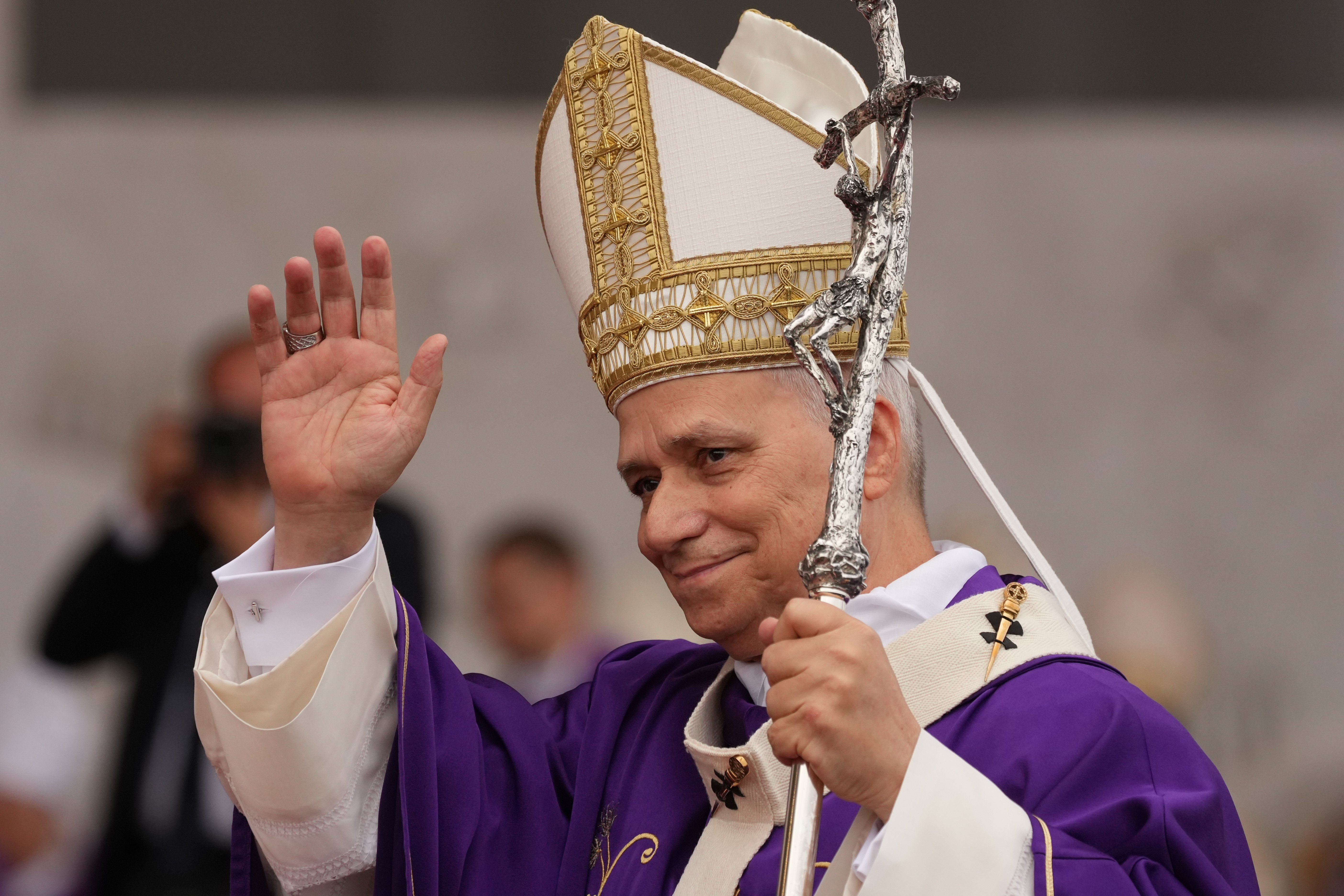July 16, 2025 at 10:45 a.m.
Checklist Catholicism — or is it?
What are the defining signs of a Catholic? What distinguishes Catholics from other Christians or, for that matter, other people of faith? I ask this question not to suggest a moral superiority or a point of comparison by which Catholics might merit acclaim for any part of their organization or history. Some things are what — to be honest — Catholics may pride themselves with, and not without the assent of others who admire our church.
In ecumenical and interfaith dialogue, I have often received unearned compliments for being a member of a religious entity with a hierarchical magisterium, that is, an official teaching body which authoritatively defines authentic doctrine. Sometimes the diocesan-parish structure within which our law provides for systems of governance, consultation and accountability are cited, although credit goes as much to Roman Law and, specifically, Diocletian for their administrative genius which we have inherited.
Catholicism, for good or for ill, has been characterized — by fans and critics alike — as a religion full of rules and regulations. Reformers and detractors have often been critical of Catholic “rigidity,” though many have found great solace and security in knowing that the Church can be counted on to adhere to its fundamental principles. It is well known, if not appreciated by all, that despite pressures on church leaders, including the Holy See itself, Catholic teaching has not been altered by more secular views on the fundamental nature of the human person, imaged after a Trinitarian God, both individual and communal. The understanding of the nature of the human person and human acts has profound implications for the defense and promotion of private ownership, for human sexuality, and for the sociopolitical order. From Leo XIII through Leo XIV, papal teaching is, as it were, a seamless garment of doctrinal consistency.
The single most defining belief of Catholics — aside from the core salvific meaning of the death and resurrection of Jesus Christ — is the centrality of the Holy Sacrifice of the Mass, the real Eucharistic present of Christ, which re-presents Calvary, the definitive judgment of God that the human race should be saved from the corruption of sin through sacrifice of the incarnate Son of God and the grace that flows from his wounds in the sacramental life of the Church. This is the great mystery in which believers are invited to partake in the various sacraments, conforming themselves to the holiness of Christ himself.
It may come as no surprise that the “success” of Catholic institutions will often be measured by notations taken of their sacramental life. Dioceses typically take readings of how many baptisms, confirmation, first holy communions and marriages parishes record. A parish may be deemed “vibrant” or “sustainable” if these numbers are stable or perceived to be growing. Even if the realty owned and maintained by a parish is aging and difficult to maintain, the diocese may seek to assist it since it shows positive signs of growth as a worshipping community. Numbers, however, whether demographic, financial or even gauged by sacramental records do not always tell the whole story.
A parish — indeed a diocese itself — is more than the Catholics who are actively involved in its mission. It’s everyone around them! In seeking to define more clearly and effectively what that parish and diocesan mission is — what really makes those church structures “Catholic” — I would suggest that we do not limit our assessment to checklists alone. What after all is a parish? Is it only the “Sunday regulars” in the pews each week or is it more?
My favorite definition of parish is a family of families — and a family for those without or away from family — a communion of persons. Last Sunday’s Gospel proclaimed the ever- popular parable of the Good Samaritan. Jesus uses the story to answer his interrogator’s question, “who is my neighbor?” His inquisitor, the narrative states, is a man learned in the law who is seeking to “justify” himself, to be complimented as it were for his knowledge and practice of the rules and regulations of his faith. He is basically asking Jesus to help him complete his checklist of orthodoxy and orthopraxis — to be told he’s okay. He wants his books closed, so to speak, his accounts settled, but Jesus leads him much further.
I suppose one can read this parable as a call to reach out to the homeless in our midst, even to organize various charitable activities and events to identify the poor, the sick and the marginalized and to help address their needs and heal their brokenness. In this regard, Catholic institutions — parish, diocesan and international — have much to be credited with. I think there is more going on here, however. What is unique about the parable is the personal interaction between the Samaritan and man languishing at the roadside.
The Samaritan, we are told, is moved with pity for the man, that is to say, he lets the poor man’s plight touch his heart in such a way that he, too, is wounded. The empathy is more than mere sympathy. He literally picks the man up and puts him on his own animal, taking him to an inn. Although he must go about his business, he promises to return, still carrying the man in his heart. Not only does he return to see how he is recuperating, but he pays for his recovery, not only financially, but with the gift of his time. Jesus is painting a picture not only for his immediate interrogator, but for each of us: “go and do likewise.”
Bringing the message home, he invites us to think of the person in the pew with us or, for that matter, in the house next door or on a line at a grocery store, as a “neighbor,” a person with a story, a past and a present, joys and sorrows, perhaps a terrible wound or loss, an addiction, or critical surgery, or a profound emotional burden which may isolate or even terrify this soul. Whatever may be ailing the person, he or she is more than a diagnosis, a head to count, a number to be checked off. “Neighbor” is everyone we meet and, as a human person, requiring our unconditional, even sacrificial love. This is the real sign of the cross, not only traced over a torso, but written in our heart.
- Anti-trafficking advocates cite aid cuts, immigration crackdowns as key challenges
- Deacons in Denver Archdiocese share their vocational call, journey to lives of service
- Catholic leaders urge pilgrimage to site of Jesus’ baptism in Jordan
- Alleged desecration of crucifix in classroom sparks controversy, national debate in Poland
- Washington Roundup: Senate advances war powers resolution; House OKs health subsidies extension
- Pope warns diplomats of rising global violence and erosion of human life
- Catholic writer Kathryn Jean Lopez on the pro-life movement’s ‘front lines of love’
- Pope Leo XIV to visit Spain this summer, with stops in Madrid, Barcelona and the Canary Islands
- Minneapolis Catholic leaders speak out about community fear after ICE-involved shooting
- Pope delivers fierce defense of the unborn in address to diplomatic corps








Comments:
You must login to comment.